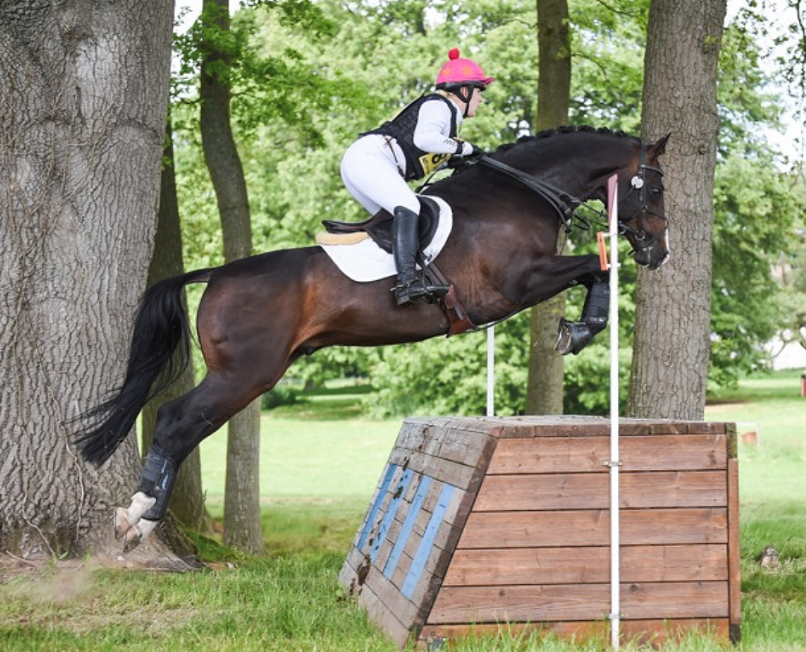BREEDING FOR EXCELLENCE – How to choose the right stallion for your mare
Breeding Webinar Series – No. 2
Questions taken from a Q&A Session during a recorded webinar on Wednesday, 22nd January with West Kington Stud Manager, Harry Thirlby, B&W Equine Reproduction Vets, Chris Shepherd BVSc MRCVS and Anna Mitchell BVM&S DACT MRCVS and guest speaker, Janey Marson (nee Skepper) Director of HorseIT, Publisher of Competition Stallions, Stud Manager at Heritage Coast Stud and Director of British Breeding.
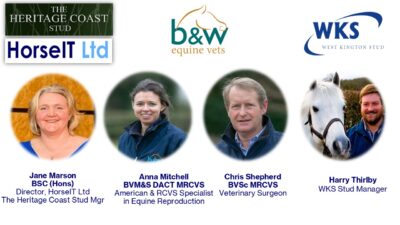
Q1: Do any of our native breeds have a place in Sport Horse breeding?
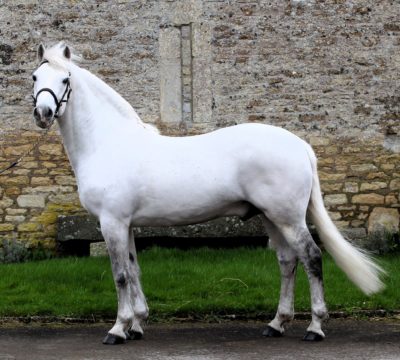
A (Janey Marson): I think the pedigree we looked at right at the beginning with Bijou showed the versatility of putting a native breed in – in his third generation there was a Welsh Section A. There is a really good move at the moment to use a lot of Connemaras. There are some very exceptional Connemara Pony stallions about, and they are proving their own right competitively. They are also proving to be very good crossbreeding stallions onto maybe rather lighter-boned thoroughbred types or warmblood types. The use of native breeds has been used over a long period of time and is certainly on the up again for various individual traits like on might want to be putting in like endurance, temperament, general rideability, and trainability.
Q2: If the stallion I want to use is only available through frozen semen, can I still have her inseminated at home?
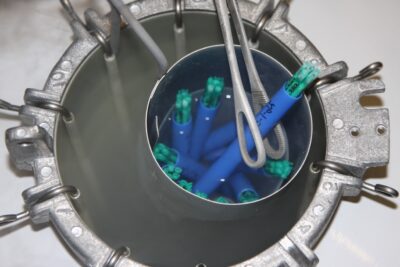
A (Chris Shepherd): It depends on your vet who will be doing the insemination. For me, you’d have to persuade me pretty hard to inseminate a mare at home with frozen semen. The reason being that it is time-consuming, as we have to examine the mares quite a few times to get the timing of insemination right. If you want good conception rates, they need to be inseminated really close to ovulation, and that necessitates lots of examinations. It is much easier for us as vets to do these examinations with a mare in stocks. At home, we’re not going to have that option. If the mare goes to a place like West Kington, where stocks are available, it is easier for us to get there and do all these examinations. We are probably going to be there doing other similar mares with frozen semen as well. All in all, I would much rather the mare be sent to a stud to be inseminated there.
A (Anna Mitchell): It also ends up being much more cost-effective because we rarely need to sedate a mare that’s in stocks at stud, and there aren’t the same visit fees as if we visited your home every six hours.
A (Chris Shepherd): Yes, I think we’ve proven time and time again, as and when someone has twisted our arm to do them at home, it usually works out much more expensive.
Q3: How can the mare owner obtain information on the stallion’s genetic considerations? Is some of the testing part of the stallion grading process with the relevant breed society?
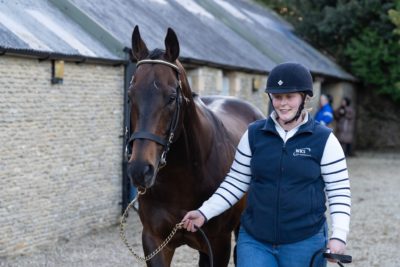 A (Anna Mitchell): Absolutely, some of it is. Well-understood diseases like Warmblood Fragile Foal Syndrome are widely tested for, and that information is available with the breed societies. It is more complicated with diseases where heritability is more complex, like osteochondrosis.
A (Anna Mitchell): Absolutely, some of it is. Well-understood diseases like Warmblood Fragile Foal Syndrome are widely tested for, and that information is available with the breed societies. It is more complicated with diseases where heritability is more complex, like osteochondrosis.
A (Janey Marson): We are seeing many more stallions identifying and doing genetic tests. For example, about four years ago the Competition Stallions Guide introduced the ability to promote the fact that your horse has been tested for genetic diseases. Initially, some people were nervous about identifying their horse as tested or even a carrier for something like Fragile Foal Syndrome. The point is to avoid breeding it with a mare who’s also a carrier, pretty much all the stallions are actively promoting the tests they are taking, and many more are doing many more tests as they become available.
Q4: Which stallions will be standing at West Kington Stud this year?
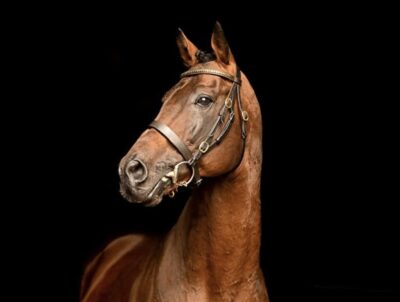
A (Harry Thirlby): We are in the process of finalising the lineup at the moment, which is where we tend to be in January. Keep an eye on social media for announcements over the next couple of weeks. We can say with certainty that we have Jamhoori, our thoroughbred, and Hearnsbrook New Moon here, just being health tested. They will be up and running in the next couple of weeks. We are also expecting John Chambers, another thoroughbred stallion, early in the season. We hope to confirm the rest very soon and will get that information out online and on social media.
Q5: Do you recommend inseminating on foal heat, or is it better to wait a cycle?
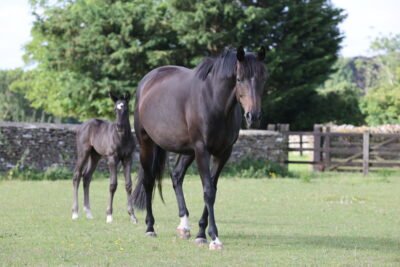
A (Anna Mitchell): It depends on the situation. In the right case selection, pregnancy rates can be really good with foal heat breeding. If there is a real reason, like it being near the end of the season, and we are going to end up with a late foal, it can be a good option. We have certain criteria to follow strictly, such as not wanting the mare to have her first ovulation post-foaling before nine or ten days. If the mare has any bacterial growth on the swab or trouble involuting her uterus, we would advise against it. If the uterus looks great, and we get a nice swab result, it can be a good option. Generally, if there is no rush, we would let her have a foal heat ovulation, potentially swab her at that stage to see how she is doing, and then short cycle her after that ovulation.
Q6: I have a maiden 19-year-old mare. Should I use fresh semen, and what’s my starting point in the process? I would be using a surrogate mare.
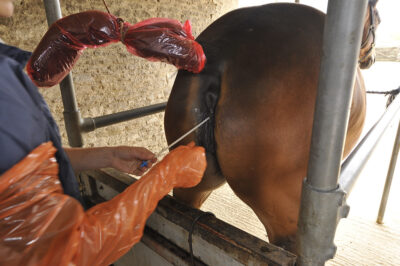
A (Anna Mitchell): It is sensible to consider fresh semen. The challenge with 19-year-old maidens, even if we are going for embryo transfer, is that the cervix can become quite fibrotic because it hasn’t had to expand and expel a foal before. These mares can struggle to clean up or expel fluid after insemination. Fresh semen produces the least reaction and often the best quality. It is sensible to go in with eyes wide open when starting with a 19-year-old maiden. We commonly deal with older maiden mares because of the nature of breeding sport horses. They have a career and then go on to be broodmares later. We would ideally watch her as she comes into season gradually, take a swab to check for any problems, and treat any issues before starting the breeding cycle. It is rewarding when you have success with an older mare.
Q7: What’s the minimum age that I can put my young mare in foal by AI?
A (Chris Shepherd): People do put two-year-olds in foal, probably more in Europe than in the UK. If it is going to be a competition horse, some people like to get foals either end of the competition career. The limitations with a two-year-old are size and temperament. They need to be well-grown and able to tolerate examinations without sedation. Size and temperament are the main limitations.
Q8: How heritable are the desirable traits for sport horse breeding, such as movement, speed, and jumping ability?
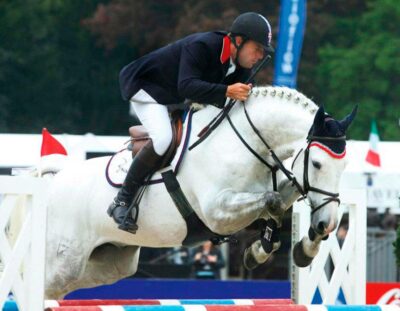
A (Jane Marson): If we knew exactly how heritable everything was, we would all be able to produce five-star horses. Heritability is what we are trying to improve in our horses’ genetics. Individual traits like jumping high or moving well are easier to identify than when breeding event horses, which require many different traits. If a stallion is “stamping” his stock, meaning his progeny looks similar to him, he is likely more heritable. This is often more common with male foals. Looking at linear scoring of foals, yearlings, and two-year-olds of stallions can help identify traits. There is a big project encouraging scoring from futurity evaluations to feed into this and produce the likelihood of traits from certain bloodlines.
Q9: What’s your advice for trying to obtain chilled semen from Europe?
A (Harry Thirlby): The best advice is to go through a semen import agent. Trying to do it yourself and understanding the intricacies and import declarations can be troublesome. Someone like Elite Stallions would be the biggest one around, but there are other people doing it too. Going through an import agent is the best way to do it and has been fairly successful despite early concerns about changing rules.
* * * * * * * *
If you missed the live session and would like more information on this topic, you can still watch the full webinar on our YouTube Channel.
____________________________________________________________________________________________________

